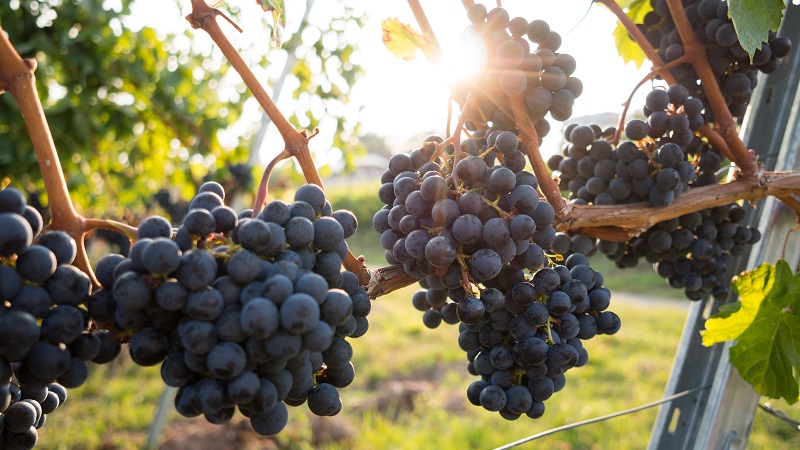Grapes Have Special Weed Problems — What Growers Should Know
The topic was weeds, specifically the impact of the unwanted plants on vineyards. John Roncoroni, University of California Cooperative Extension (UCCE) Farm Advisor Emeritus in the premium wine grape region of Napa County, was on stage in Anaheim, CA, at the annual meeting of the California Association of Pest Control Advisers (CAPCA), and he wondered aloud to the audience just what he was doing up there, considering he was retired.
“I wish there were someone else who would do this,” Roncoroni said as he took the lectern to deliver his talk titled “Best Practices in Weed Control in Vineyards.”
Unfortunately, Roncoroni knows full well there is no one to take his place. When he retired two years ago, Roncoroni says he was the last of his breed, a university specialist in vineyard weeds working with growers and Pest Control Advisers (PCAs). Because of that, he urged the many PCAs at the conference who were familiar with the subject to work with young researchers as they come along, as the researchers won’t have the specialized knowledge Roncoroni has developed through the years.
BAD OLD DAYS
Weed control on the Golden State’s North Coast has changed a lot over the decades, he says. It used to be they had the “12-row rule” for controlling weeds in the area’s vineyards, which showed just how little the growers thought their vines were threatened by weeds. They figured if they just cleaned up the first 12 rows of vineyard along Highway 12, the region’s thoroughfare, it would be enough, as the wine-tasting tourists couldn’t see them, and that was all that mattered.
The prevailing attitude of the growers of the past is understandable, Roncoroni says. Back then vines were generally left in the ground longer, and there was a lot less replanting going on than there has been in recent decades. Growers of the past could be a little laxer in their weeding, as they were dealing with more old vines. Young vines can actually be choked off and killed, while 15-year-old vines often can tolerate weeds just fine. But even older vines can reach their limit.
“If you can’t get water in there because your weeds are hogging it all, you’ll end up with some very expensive raisins,” he says.

When it comes to weed control in vineyards, John Roncoroni, UCCE Farm Advisor Emeritus, says growers should explore modern application methods to save time and reduce herbicide waste.
Photo by David Eddy
Of course, with California growers concerned about drought, most growers won’t have to worry about that, because they will be stingy with water applications in the future. Because of that, even if the vineyard is older and the vines won’t be affected, growers would be wise to cultivate and clear out all fallen leaves, because it’s easy for weeds to hide among the leaves.
If weeds get too large, they can restrict air movement in the vines, Roncoroni says, as well as induce off flavors in the fruit. Growers should become familiar with the common weeds in their area.
“I have a little chip on my shoulder: People don’t know what weeds they have,” he says. “It’s easy to look up, and you do it with bugs. Just do it with weeds now.”
SMELLY WEED
The latest example is stinkwort, which Roncoroni says is perhaps the fastest moving weed they have ever seen invade California. Also known as jimsonweed or devil’s trumpet, it grows to about two to three feet high and is commonly found along the state’s roadsides. It is easily confused with Russian thistle, though it flowers, unlike Russian thistle, and growers would be wise to learn the difference because it can have a powerful effect on wine flavors.
The wine can smell of pine-scented cleaner, and loads of Napa grapes have been rejected at wineries because of the soapy off flavors, Roncoroni says. Stinkwort not only smells, but it’s also extraordinarily sticky, and he makes sure to wear gloves when he touches it.
To kill such noxious weeds with herbicide, Roncoroni says it’s best to heed the advice of another recently retired UCCE weed scientist, Kurt Hembree, who frequently notes that nozzles are among the cheapest purchases growers make but don’t pay careful attention to the sizes. If too large, you can waste expensive herbicide. Too little, and you won’t kill the weeds.
Hembree has a saying it would be wise for growers to remember when it comes to herbicide, Roncoroni says: “The most expensive application you can make is the one you have to do over again.”









